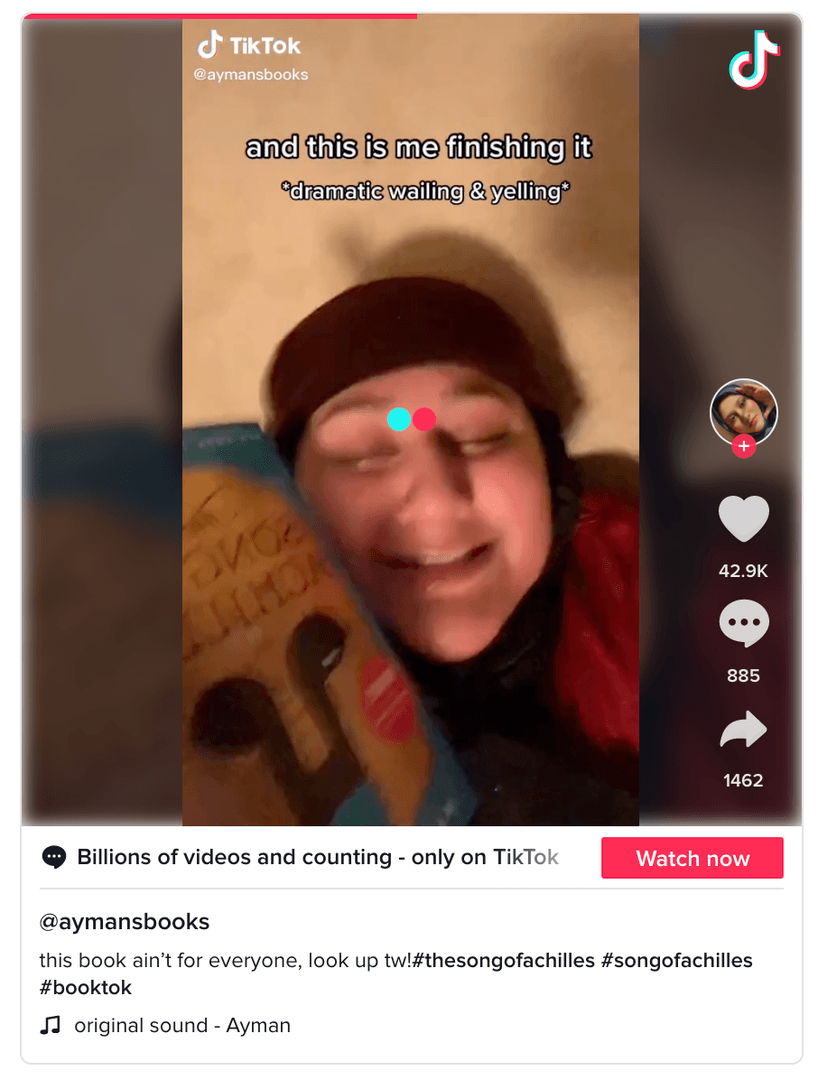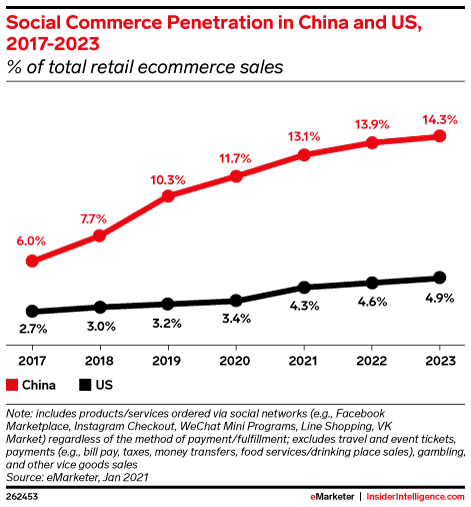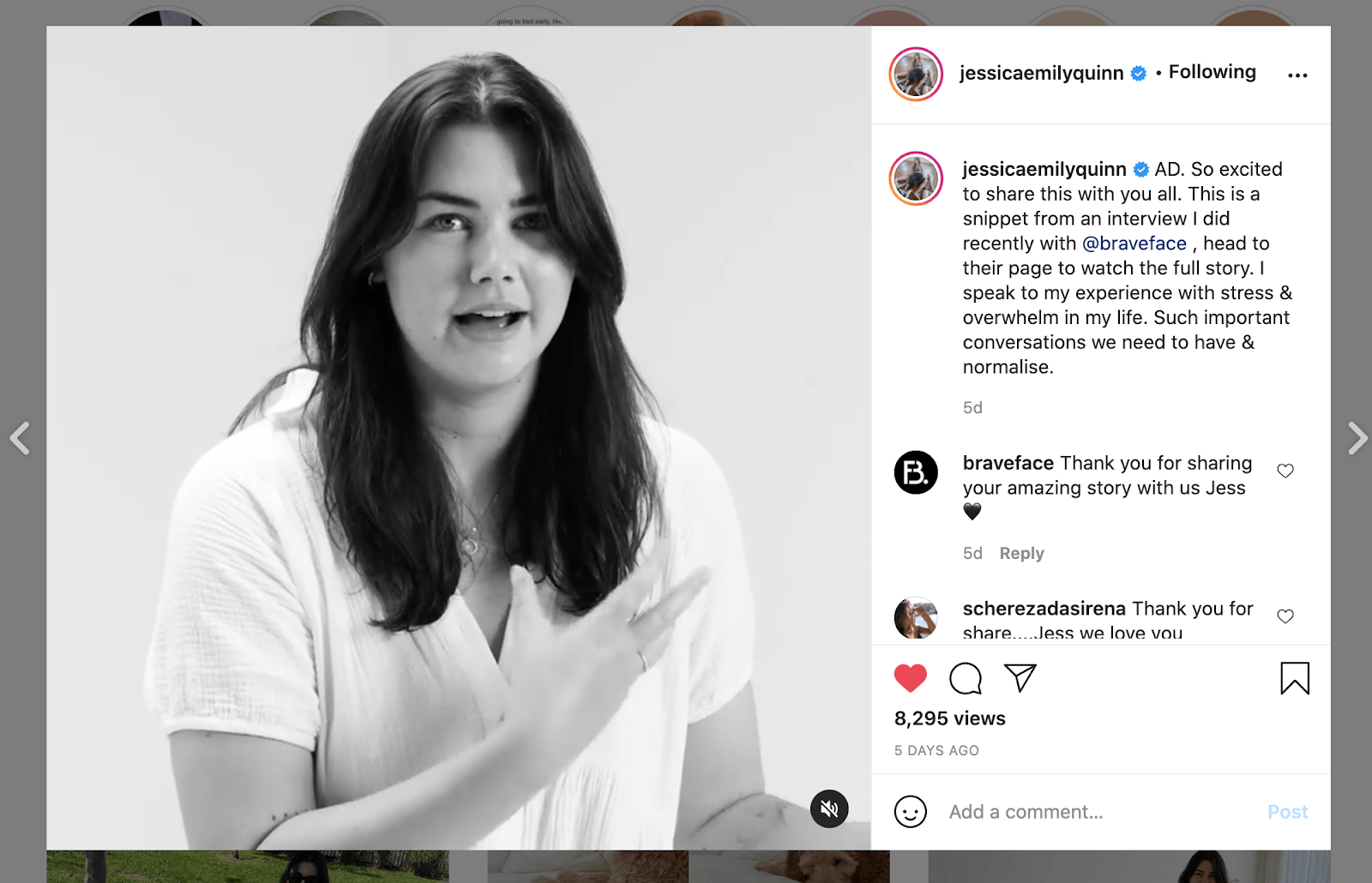Wearetenzing
Key Social Media & Influencer Marketing Trends for 2021
By Courtney Ramsdale - Content Integration Strategist
It goes without saying that 2020 was a disruptive year, with businesses needing to learn to adapt to survive as COVID-19 changed consumption habits, technology and platforms evolved and we saw a huge shift in traditional brand marketing and content approaches. At our recent panel event, I had the chance to speak to some leaders in the content marketing space, Dr. Sommer Kapitan (marketing academic, behavioural scientist and Senior Lecturer at AUT), Jess Quinn (one of New Zealand’s most engaged-with content creators), and Brooke Howard-Smith (WeAreTENZING and Otterfish CEO).
Here are the top 3 key insights from our discussion:
THE RISE OF SOCIAL COMMERCE
Social media was already starting to become a search engine to discover products, which was only accelerated by events of last year, with 75% of Instagram users now saying they’ve bought something they’ve seen on the platform.
More consumers trialled the TikTok platform, which grew to 1.1 million monthly active users in New Zealand alone, and we have started to see more brands using TikTok in their marketing campaigns. Trends such as ‘TikTok made me buy it’ for products like makeup/skincare, clothing and even household cleaners are causing products to sell out on brands’ websites all over the world.
Dr Kapitan said she found it fascinating that “young women crying on TikTok is selling books. A teenage girl on TikTok was reviewing a book, and she was in tears – it got so many views overnight and then the sales of that book went through the roof”. We’re seeing more and more how powerful platforms like TikTok can be to influence purchase decisions.

China is ahead of the game when it comes to social e-commerce, with sites like Taobao Live and Douyin, with hundreds of millions of people watching daily live streams of influencers reviewing products, and famous hosts like Viya hitting a record for daily revenue of USD $49.7million through Taobao.

Highlighting just how far livestreaming has progressed, Dr Kapitan referred to a clothing brand in Singapore called Love, Bonito who regularly use influencer Melanie Mak for live try-ons of their clothing, “she’s showcasing what she loves, and the conversations are real – because what influencers bring is they can actually have a conversation around what they like or don’t like as they’re recommending ideas or products ‘oh the fit isn’t right for me, but it might fit someone with a different figure like that’, and there’s something about having that balance which is more real, and that’s really compelling for consumers”.
This move toward live, dynamic content with influencers talking ‘off the cuff’ rather than from a pre-written script, increases the authentic feel of a post and builds a greater level of trust that the influencer has a genuine interest in the product or brand. They are needing to show that they actually use the product, their followers can ask them questions and there’s nowhere to hide if they can’t answer them. Fans witness real, honest feedback on a product when someone is trying and demonstrating it live.
WeAreTENZING CEO Brooke Howard-Smith has seen similar interaction growing here in New Zealand, “when the first COVID lockdown hit, we launched Click.Kiwi, an initiative to help kiwi companies that didn’t have huge online presence but needed to suddenly pivot towards this to keep their business afloat. What we found is that people who hadn’t purchased through IG before use the content creators as a virtual shopper, and would ask them questions about the product. So you’ve got your own virtual shopper that can give you instant, trustworthy feedback on a product. This helps people move through the biggest friction point for social commerce which is ‘what is this product like?”
AUTHENTICITY – THE CONTENT CREATOR VS. THE PAID PROMOTER
In a COVID-19 world, brands found they needed to change their messaging and ethos to be more sensitive and in-tune to the current socio-political climate, creating their own social voice and taking a side on contentious issues. This created more of a need to move away from the ‘hard sell’ into emotive or purpose-based messaging, and starting a conversation with their consumer. Many companies are doing this now by partnering with authentic content creators who are experts in their category, as a way to open more of a ‘two way street’ of information exchange between brands and consumers. The influencers that brands choose to align with become part of that brand’s identity, so they need to choose wisely.
Using content creators is a fast-track to building trust for brands, as they are able to take advantage of what Dr Kapitan calls a ‘parasocial relationship’ between influencer and customer. As Dr Sommer explains, “parasocial intimacy is a friendship-like experience, where if we can see this person’s thoughts and we know about their life, and because it’s in our daily news feed and so it becomes part of our daily lives, it becomes that feeling that it’s someone you know…and then the recommendations they make really hit home. It’s a lot closer to what happens when you talk to friends, versus when you talk to brands.”
This is an area where Jess Quinn, one of New Zealand’s best creators has first hand experience – “it’s one thing for me to list the things a brand says is powerful for them, but if I can talk about how it’s actually affecting my life and show that I am genuinely using the product, it comes through a lot more naturally. If I can integrate it with things I’m already talking about in my life like my health or my family, it resonates so much better with my followers. So brands integrating with an influencer’s storytelling is really powerful.”
Dr Kapitan touched on Nielsen’s research around trust metrics in media, “we trust people over brands. And influencers slot between those two, because they’re both people and they’re brands! The more personable they are, the closer people feel to them, you’re choosing someone who has curated their own products that they value. When influencers show they value products, that’s what turns it on and off for consumers. It’s a sense of that internal motivation versus external motivation, so if you can tell that there’s opinions, feelings and internal motivations related to a brand from who you’re listening to, rather than if they are clearly just reading a script of what the brand wants and their motivation is purely monetary, it just feels really different. That’s what I’m picking up on in my studies – the feeling of a true content creator versus just a paid promoter.
When it’s obvious that someone is a content creator, the fact that they made the content in their own style feels a lot different than when they are just parroting the brand words.”
Each panellist discussed the importance of influencers/content creators being able to keep their own style/edge in paid content, because that’s what got them their followers in the first place and therefore will resonate best with that same audience. Brands that trust their influencers to do this tend to see better results from their paid content. If they are not afraid of an honest review of their product and can hand over the reins to a trusted content creator, this means the content will come across as more believable and authentic – and therefore a better sell.

CONTENT DARWINISM & DATA
Brooke Howard-Smith talked to the emerging concept of ‘Content Darwinism’, or survival of the fittest content, the idea that in a market oversaturated with content, only the best with resonance will get cut-through and survive. This leads to an increase in the need for trial and optimisation towards what is working, and “to make more data-led decisions & hyper-personalise messaging, making content more relevant to selected audiences to increase performance.”
At WeAreTENZING we have noticed an increased need to justify content decisions, and we have spent the last year working with several brands and agencies to produce Otterfish – a multi platform, multi-variant creative and audience testing application that aims to help brands identify which social creative, caption or platform is resonating best for specific target audiences before committing to a full social campaign.
As we navigate through 2021, it’s proving an exciting time in the social content space, a time where brands are recognising the power of using content creators and new social technologies and platforms to drive brand loyalty and trust, and we’re looking forward to seeing whether some key global trends will grow in the New Zealand market over the coming year.
For information on WeAreTENZING or Otterfish, contact [email protected]






